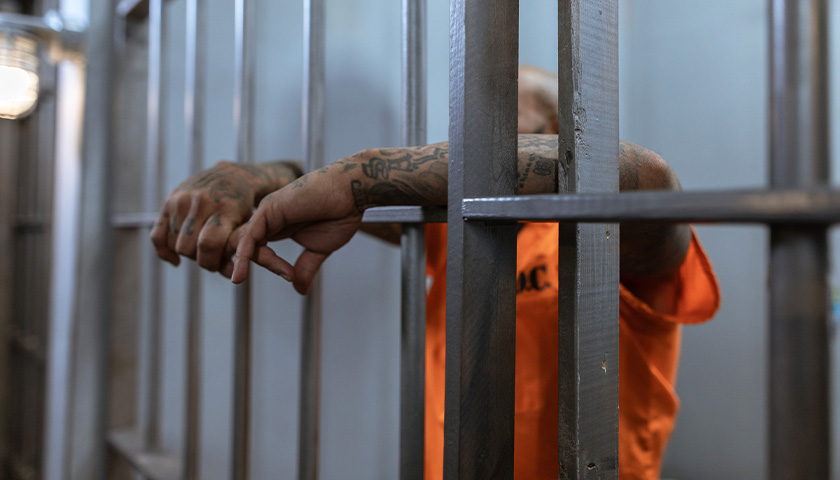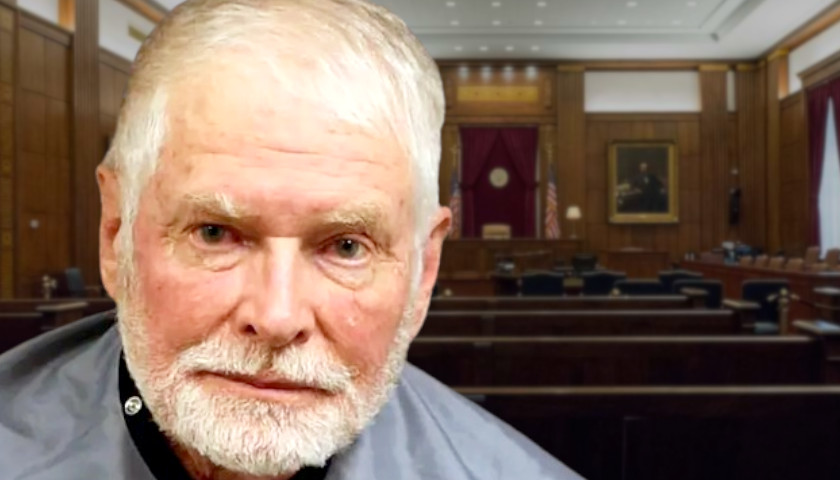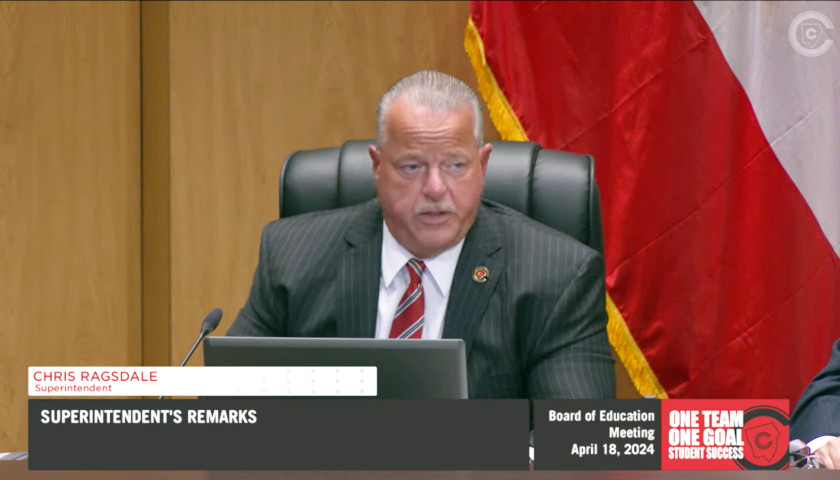by Michael P. Tremoglie
“Let the safety of the people be the supreme law,” wrote the Roman scholar and statesman Cicero, two millennia ago.
This precept was the first the rulers of the ancient Roman Republic remembered. It seems to be the first the rulers of the modern American republic have forgotten. This is evinced in the current debate that claims we incarcerate too many of our citizens.
Those voicing concern about mass incarceration include prison abolitionists (and yes there are strong prison abolition and capital punishment movements not only in America but worldwide) – leftists like Michelle Alexander and Angela Davis. But incarceration critics also include many on the libertarian right like George Will and the Cato Institute. Politicians from both parties join the let-them-loose chorus.
As recently as December 2021, Pennsylvania State Senator Lisa Baker (R-Dallas) introduced a bill that will, she said, “… take a giant step forward to implement greater fairness in the process, eliminate excessive incarceration, give individuals a more reliable second chance to get their lives right and offer taxpayers a break from ever-rising state correctional costs.”
This is a curious statement for Senator Baker to make in light of the fact that, during that same year, nearly one percent of the convicts released from prison were convicted of first-degree murder and served only 19.8 years. First-degree murder in Pennsylvania is defined as such “when it is committed by an intentional killing.” Seven percent were convicted of robbery and served only eight years. Robbery in Pennsylvania is defined as inflicting “serious bodily injury upon another; threaten[ing] another with or intentionally put[ting] him in fear of immediate serious bodily injury; commit[ting] or threaten[ing] immediately to commit any felony of the first or second degree; inflict[ing] bodily injury upon another or threaten[ing] another with or intentionally put[ting] him in fear of immediate bodily injury; physically tak[ing] or remov[ing] property from the person of another by force however slight; or tak[ing] or remov[ing] the money of a financial institution without the permission of the financial institution by making a demand of an employee of the financial institution orally or in writing with the intent to deprive the financial institution thereof.”
The penchant for freeing violent criminals is worse when considering national figures. For example, approximately ten percent of convicted murderers in America have a prior murder conviction and about 68 percent had a prior felony conviction when they killed someone.
The core of the argument that too many people are incarcerated in America seems to be derived from a comparison with other countries. But why is this relevant?
The main evidence of “mass incarceration” used by prison reformers/abolitionists is that the USA has four percent of the world’s population and 25 percent of the world’s prison population.
How do these solons know if the amount of imprisoned convicted criminals is too high or too low? If 25 percent is too great, what do they believe to be the appropriate percentage?
Besides, there are inherent problems with collecting criminal justice data and the innate differences between criminal justice systems. One unanswered question is: Why do other countries have fewer incarcerated people than we do?
After all, countries with Sharia law have much lower incarceration rates than the USA. Saudi Arabia’s incarceration rate is less than one-third of ours. But Saudi Arabia’s execution rate is about 1700 percent of ours.
Are prison reformers/abolitionists saying we should be more in line with Saudi Arabia?
Another significant counterargument to the Mass Incarceration Myth is to answer the question of how many more crime victims would result from reducing the prison population. If one criticizes the number of people in prison, one should have an idea of how many innocent people will be killed, maimed, raped, injured, robbed, etc., if prison populations are reduced.
Did Senator Lisa Baker ask this question? I doubt it.
If she did she would have learned that, according to a report by the National Research Council: “ …data studies support the conclusion that the growth in incarceration rates reduced crime.”
Indeed, a study about Italy’s “indulto” program – essentially an early release – found that 27 percent of those released recidivated. I doubt the victims of the 27 percent would concur it was successful. An even older
of the indulto program by Alessandro Barbarino and Giovanni Mastrobuoni concluded, “We find the social cost of pardons to be significantly larger than the cost of incarceration. In the absence of cost-efficient alternative measures to incarceration, this suggests that in Italy prison capacity should be increased.”
Many of the reform/abolitionist factions come from the comfortable confines of upper-class neighborhoods or the insulated environment of Ivy Halls. They do not live in the areas where minority and low-income residents live – the areas where the majority of crime victims live. Their perspectives about incarceration specifically, and criminal justice in general, would be dramatically different were they required to have bars on their windows, be subjected to stray gunfire and walk past predators on street corners while going to work, school or shopping. The lack of an effective criminal justice system eviscerates poor and minority communities.
There needs to be a movement concerned with learning how to have fewer crime victims – not about less incarceration for those who create crime victims.
– – –
Michael Tremoglie is a writer and former Philadelphia police officer with a master’s degree in criminal justice from Saint Joseph’s University.
Photo “Prison” by RDNE Stock project.








